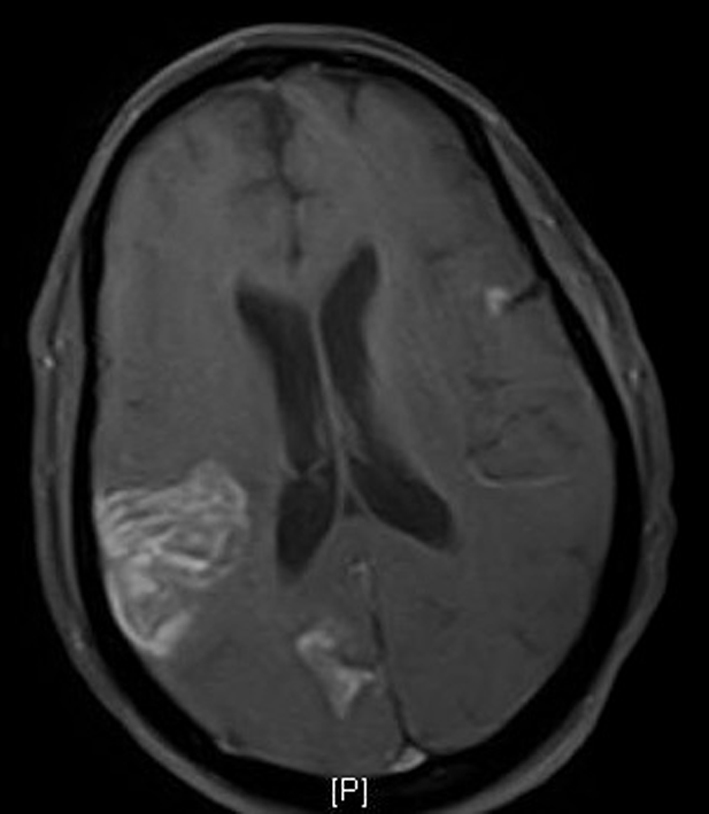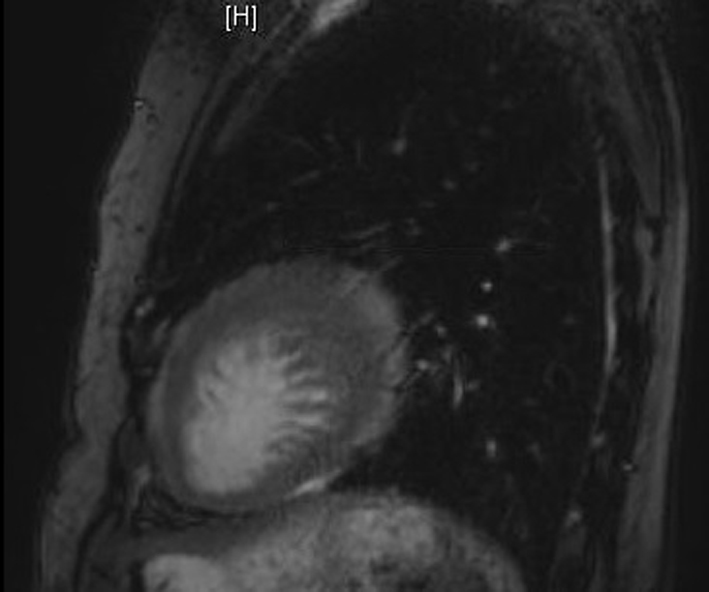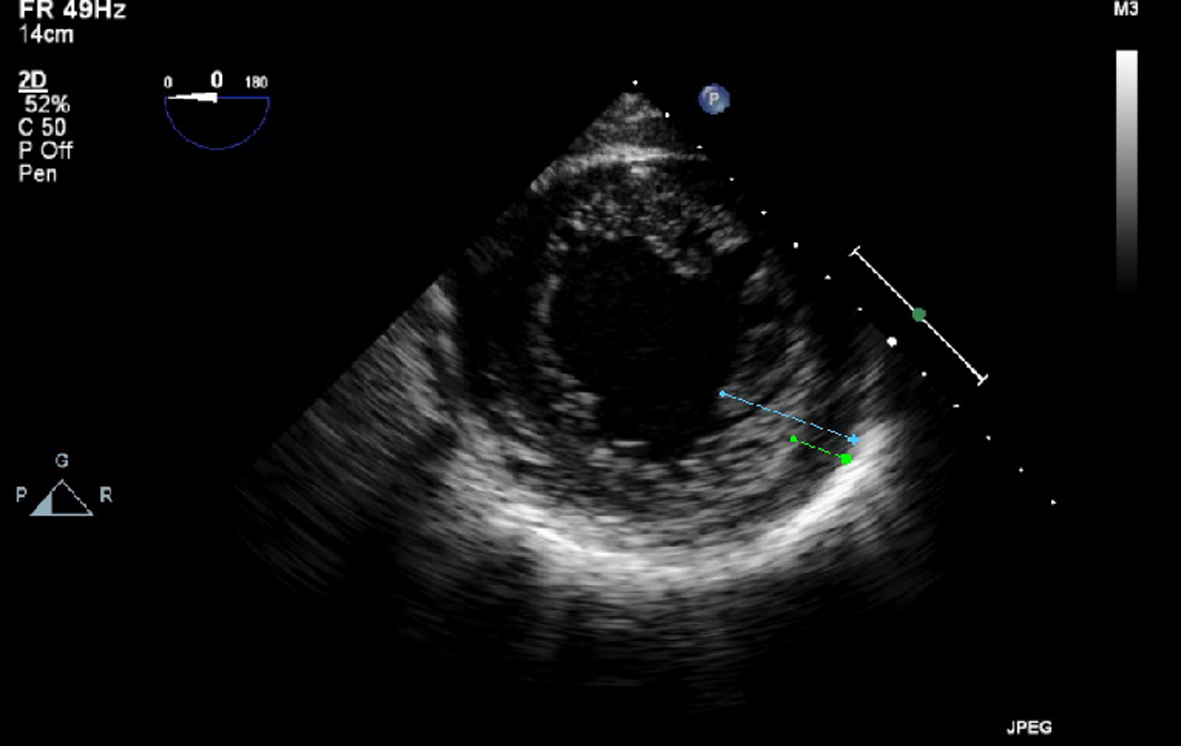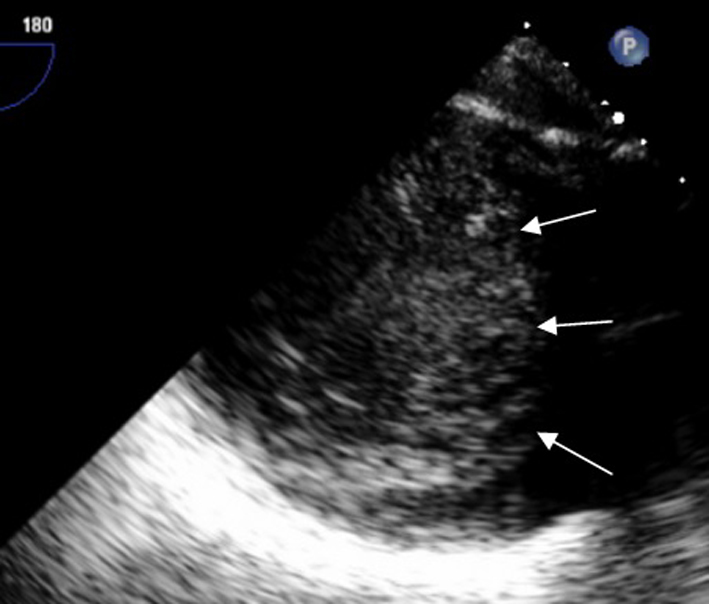
Figure 1. MRI of the brain shows acute and subacute infarcts in the frontal, parietal and occipital lobes.
| Cardiology Research, ISSN 1923-2829 print, 1923-2837 online, Open Access |
| Article copyright, the authors; Journal compilation copyright, Cardiol Res and Elmer Press Inc |
| Journal website https://www.cardiologyres.org |
Case Report
Volume 5, Number 1, February 2014, pages 42-47
Left Ventricular Non-Compaction Syndrome Misdiagnosed as Dilated Cardiomyopathy on Several Occasions, Presenting With Recurrent Stroke
Figures





Table
| Chin et al [1] | 1) LVNC is defined by a ratio of X/Y < 0.5. 2) X is the distance from the epicardial surface to the trough of the trabecular recess, and Y is the distance from the epicardial surface to the peak of the trabeculation. 3) These focus on trabeculae at the left ventricular apex on the parasternal short-axis and apical views, and on left ventricular free-wall thickness at end diastole. |
| Jenni et al [17] | 1) Absence of coexisting cardiac structural abnormalities. 2) Recesses supplied by intra-ventricular blood on color Doppler. 3) A thickened left ventricular wall consisting of two layers: a thin compacted epicardial layer; and a markedly thickened endocardial layer with numerous prominent trabeculations and deep recesses with a maximum ratio of non-compacted to compacted myocardium > 2:1 at end-systole in the parasternal short-axis view. |
| Stollberger et al [18] | 1) Four or more trabeculations protruding from the left ventricular wall, located apical to the papillary muscles and visible in one imaging plane. 2) Trabeculations with the same echogenicity as the myocardium and synchronous movement with ventricular contractions. 3) Perfusion of the inter-trabecular recesses from the left ventricular cavity. 4) Acquisition of images in the apical four chamber view, atypical views to obtain the best quality image to differentiate between false chords, aberrant bands and trabeculations. |